This article was medically reviewed by Luba Lee, FNP-BC, MS and by wikiHow staff writer, Hunter Rising. Luba Lee, FNP-BC is a Board-Certified Family Nurse Practitioner (FNP) and educator in Tennessee with over a decade of clinical experience. Luba has certifications in Pediatric Advanced Life Support (PALS), Emergency Medicine, Advanced Cardiac Life Support (ACLS), Team Building, and Critical Care Nursing. She received her Master of Science in Nursing (MSN) from the University of Tennessee in 2006.
There are 23 references cited in this article, which can be found at the bottom of the page.
This article has been viewed 9,843 times.
Whether it was caused by accident or just from dry cracked skin, we know it’s a real pain when you cut yourself between your toes. Fortunately, you can treat these kinds of cuts just like any other minor scrape. After you clean your wound and protect it with a bandage, it only takes a few days to fully heal on its own. See a doctor if you have a deep cut or signs of an infection, though. If you’re diabetic, always visit a doctor if you get a cut on your foot—since diabetes can cause nerve damage and poor circulation in your feet, your doc will want to check things out and make sure you're healing well.[1]
Steps
Caring for Minor Cuts
-
1Wash your hands. You don’t want to introduce any bacteria into the wound, so it’s important to clean your hands before you even touch your wound. Use a standard hand soap and scrub your hands thoroughly. Be sure to dry off with a fresh, clean towel.[2]
- Wear disposable gloves if you have them as an additional layer of protection.
- If you don’t have access to soap and water, use a hand sanitizer that contains at least 60% alcohol.[3]
-
2Clean your cut with water. Only use running water that you’d feel comfortable drinking when you wash out your wound. Hold your foot underneath the water for a few minutes to rinse out any blood or loose debris.[4] Then, gently lather a mild soap around the edges of your wound to keep it clean. Rinse off the soap before patting it dry.[5]
- If you notice any debris or objects in the cut, don’t try to remove them on your own. See a doctor instead.
- Avoid using antiseptics like hydrogen peroxide to clean your wound since it could damage your skin.[6]
Advertisement -
3Pat the wound dry and press gauze onto it to stop the bleeding. Put a sterile piece of gauze or cloth between your toes and push it firmly against your cut. Keep constant pressure on the cut for a few minutes to reduce your blood flow to the area. If blood soaks through the gauze, use another piece. Once you stop the bleeding, you can properly dress your cut.[7]
- If the cut doesn’t stop bleeding, call emergency services since you might have hit a vein or artery.
- It may also help to lie down and raise your leg so it’s above your heart. That way, blood won’t flow as much toward your foot.
-
4Apply an antibiotic ointment or petroleum jelly so the cut doesn’t get infected. Look for a healing cream or ointment, such as Neosporin or Polysporin, at your local drugstore. Squeeze out a fingertip-sized amount and carefully massage it between your toes around the cut. Keep rubbing in the ointment until it’s clear.[8]
- Petroleum jelly may be used instead of an antibiotic ointment because it helps keep your wound moist, which can prevent itching and other symptoms.[9]
-
5Put a bandage over the gauze so the wound stays protected. Your cut could open up again and get infected if you rub it against your clothes or shoes. Put a sterile dressing, like gauze, between your toes to cover the cut. Them wrap a fabric bandage around your foot to hold the gauze in place.[10]
- Some companies make bandages that have a special shape meant for you to use on your toes or feet. Check your local drugstore or pharmacy to see if they carry any.
- Avoid using bandages that will stick to your wound so you don’t accidentally reopen it.
-
6Change the bandage every day, or more often if it gets dirty. While you should replace the dressing at least once a day, it may get dirty or wet beforehand. Take the old dressing out from between your toes and clean your cut again with soap and water. Dry your feet thoroughly before putting on a new bandage so it stays in place.[11]
- You only have to wear a bandage until the wound closes, which should only take a few days.
- Look for waterproof bandages if you want to keep your wound dry when you’re bathing.
-
7Take over-the-counter pain medication if the cut still hurts. Cuts between your toes can be really painful since you have to walk on them. If you can’t handle the pain on your own, choose an over-the-counter medication like ibuprofen or acetaminophen to take. Only use a single dose following the instructions on the packaging to start feeling relief.[12]
- Don’t take more than the recommended dosage since too much pain medication can cause damage to your stomach.[13]
Seeking Medical Attention
-
1Call for immediate help if you can’t stop the bleeding. If you accidentally cut yourself too deep, it might hit a vein or artery. If you’ve applied pressure to your cut and your bleeding still hasn’t slowed down, there might be a more serious issue. Keep as much pressure as you can on the wound to slow the bleeding, but dial 911 or your local emergency line to get treatment.[14]
-
2Get stitches if the cut is gaping open or cutting through multiple layers of skin. While you can treat most minor cuts at home, larger ones might leave scars if you don’t have someone take care of them. When you have a larger cut, visit a doctor as soon as you can so they can stitch you up. Your doctor will suture your skin back together so it can heal properly.[15]
- Follow all of your doctor’s instructions after getting stitches so they heal properly.
-
3Go to a doctor if you haven’t had a tetanus shot within 10 years. Your wound could get infected by tetanus, especially if you were cut by something dirty or rusty. If you haven’t gotten a booster recently, you may need to get another one to prevent infections.[16]
-
4Seek care for infection if there’s swelling, pus, or tenderness near the cut. Even though your cut should heal on its own, it may still get exposed to bacteria. Check your wound daily to see if you have swollen skin, yellow or green pus coming from the cut, or aches around your foot. You might also get chills and a fever. If you’re experiencing any of these symptoms, make an appointment with your doctor to see if your cut has an infection.[19]
- Your doctor might prescribe a stronger antibiotic to help treat your cut.
Protecting Your Feet as a Diabetic
-
1See a doctor for any foot wound if you’re diabetic. Since diabetes can cause nerve damage in your feet, you might not realize that you have a severe cut. Whenever you hurt yourself, contact your doctor right away so they can check your condition. Your doctor will recommend any additional treatment and give you clear guidance on how to take care of your injury.[20]
- Foot injuries may take longer to heal since diabetes can also restrict your blood flow.
-
2Check your feet for wounds regularly. There may be times when you step on something and you might not even realize you hurt yourself. Every day or so, sit down and look between your toes to check your skin. If you notice any wounds, then treat them immediately so they don’t get infected.[21]
- If you can’t raise your foot up high enough to check between your toes, hold a hand mirror in one hand as you spread your toes with your other.
-
3Wash and dry your feet every day. Use lukewarm water when you’re cleaning your feet so you feel the most comfortable. Lather a mild soap on your feet and work it between your toes. Rinse the soap off of your feet before fully patting them dry with a towel.[22]
- Avoid soaking your feet since it can actually dry out your skin.[23]
- Cleaning your feet daily helps kill bacteria and helps remove dead skin.
- Be gentle when you wash between your toes since your skin might feel more sensitive.
- Continue to apply your regular foot care creams, such as lotion or petroleum jelly. Make sure your moisturizing product is fully absorbed before you put on socks or shoes. Additionally, don't put the product between your toes.
-
4Wear socks and shoes that fit well. Do your best to avoid going barefoot so you don’t accidentally step on something sharp. Whenever you go out, put on socks and shoes that are comfortable and large enough for your feet. Even if you’re inside, wear slippers to keep your feet protected. Make sure the shoes’ inner linings feel smooth and that they don’t have pebbles or debris inside.[24]
- If you have new shoes, only wear them for an hour or two at a time to break them in.
-
5Maintain a healthy diet to promote faster healing. While it may not help heal your cut directly, you can boost your immune system by eating a balanced diet.[25] Enjoy at least 5 servings of fruits and vegetables every day so you get vitamins and minerals. Incorporate more foods that are high in fiber, such as whole-wheat bread, and lean sources of protein, like nuts, beans, and fish.[26]
- Try to avoid foods that are high in saturated fats, sugars, and salt since they don’t offer as much nutritionally.
-
6Get a foot check every time you visit the doctor. If you have diabetes, the nerves in your feet might get damaged and you may not notice problems. Whenever you visit your doctor, let them examine the bottoms of your feet and between your toes to make sure there aren’t any issues. Your doctor will let you know what they find and offer treatment options if they see anything worrisome.[27]
- Get a thorough foot exam once a year to check for loss of feeling or any changes to the shape of your feet.
Warnings
- Contact a medical professional if you think that your cut is infected.[28]⧼thumbs_response⧽
- Call a doctor immediately if you can’t stop the bleeding or if you can see multiple layers of skin and fat.[29]⧼thumbs_response⧽
- Keep your cut clean and covered, or else it’s more likely to get infected.[30]⧼thumbs_response⧽
References
- ↑ https://www.niddk.nih.gov/health-information/diabetes/overview/preventing-problems/foot-problems
- ↑ https://www.nhs.uk/common-health-questions/accidents-first-aid-and-treatments/how-do-i-clean-a-wound/
- ↑ https://www.cdc.gov/handwashing/when-how-handwashing.html
- ↑ https://www.nhs.uk/conditions/cuts-and-grazes/
- ↑ https://medlineplus.gov/ency/article/000043.htm
- ↑ https://health.clevelandclinic.org/does-your-cut-need-stitches-find-out-how-to-tell-2/
- ↑ https://www.seattlechildrens.org/conditions/a-z/toe-injury/
- ↑ https://www.mayoclinic.org/first-aid/first-aid-puncture-wounds/basics/art-20056665
- ↑ https://www.aad.org/public/everyday-care/injured-skin/burns/wound-care-minimize-scars
- ↑ https://www.westchesterhealth.com/blog/9-essential-tips-for-foot-wound-care/
- ↑ https://www.mayoclinic.org/first-aid/first-aid-puncture-wounds/basics/art-20056665
- ↑ https://www.nhs.uk/conditions/cuts-and-grazes/
- ↑ https://www.nhs.uk/medicines/ibuprofen-for-adults/
- ↑ https://www.nhs.uk/conditions/cuts-and-grazes/
- ↑ https://health.clevelandclinic.org/does-your-cut-need-stitches-find-out-how-to-tell-2/
- ↑ https://medlineplus.gov/ency/article/000043.htm
- ↑ https://www.mayoclinic.org/first-aid/first-aid-puncture-wounds/basics/art-20056665
- ↑ https://www.mayoclinic.org/first-aid/first-aid-puncture-wounds/basics/art-20056665
- ↑ https://www.westchesterhealth.com/blog/9-essential-tips-for-foot-wound-care/
- ↑ https://www.niddk.nih.gov/health-information/diabetes/overview/preventing-problems/foot-problems
- ↑ https://medlineplus.gov/ency/patientinstructions/000081.htm
- ↑ https://www.niddk.nih.gov/health-information/diabetes/overview/preventing-problems/foot-problems
- ↑ https://www.cdc.gov/diabetes/library/features/healthy-feet.html
- ↑ https://www.cdc.gov/diabetes/library/features/healthy-feet.html
- ↑ https://www.nhs.uk/live-well/healthy-body/foot-care-diabetics/
- ↑ https://www.nhs.uk/live-well/eat-well/
- ↑ https://www.niddk.nih.gov/health-information/diabetes/overview/preventing-problems/foot-problems
- ↑ https://www.mayoclinic.org/first-aid/first-aid-cuts/basics/art-20056711
- ↑ https://www.nhs.uk/common-health-questions/accidents-first-aid-and-treatments/how-do-i-clean-a-wound/
- ↑ https://www.mayoclinic.org/first-aid/first-aid-cuts/basics/art-20056711
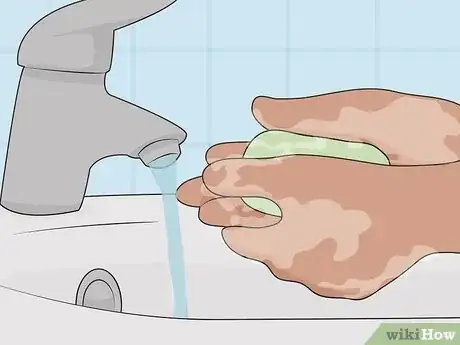
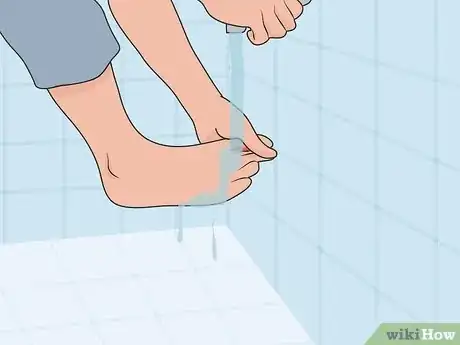
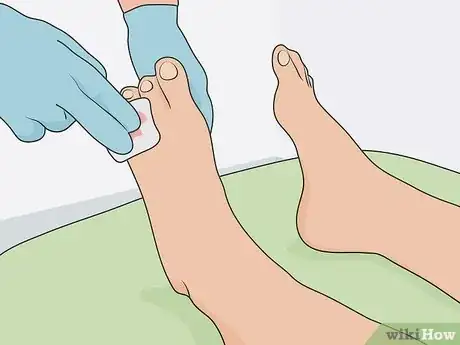

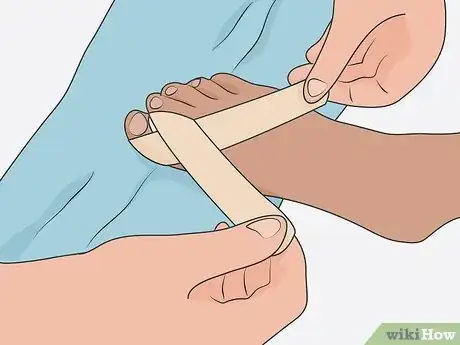
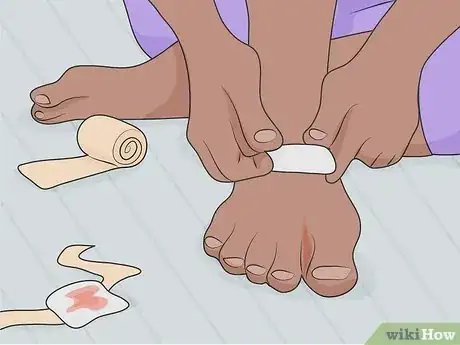
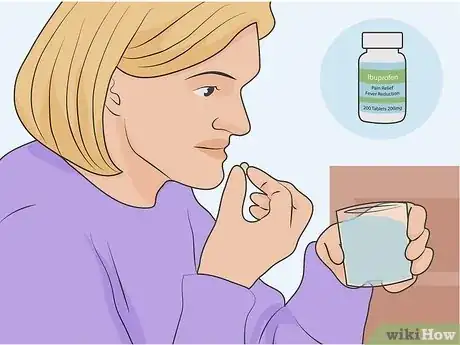


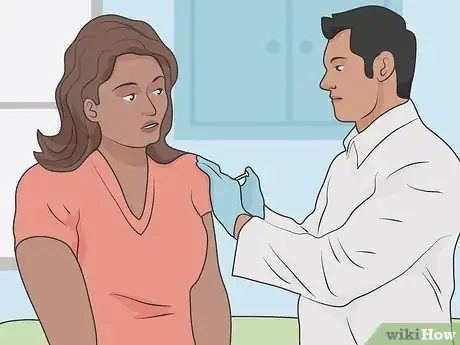


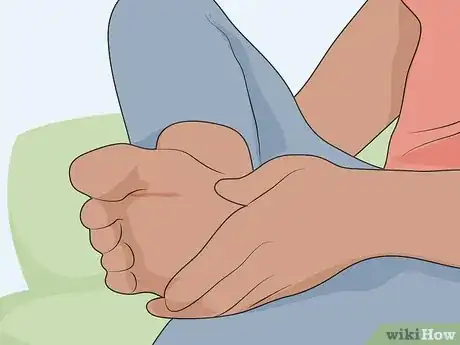
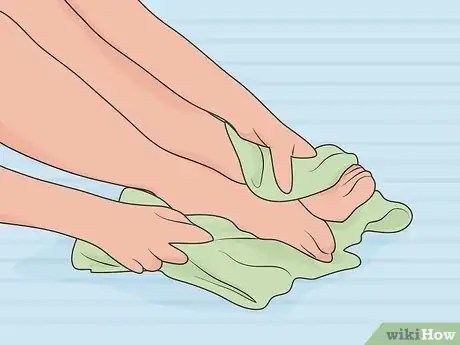
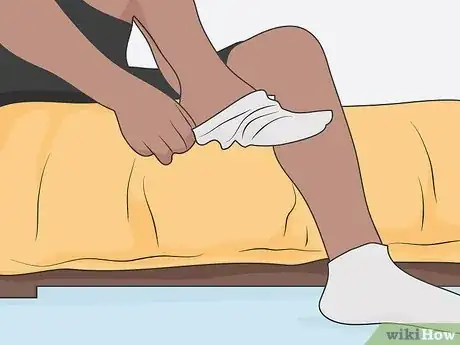



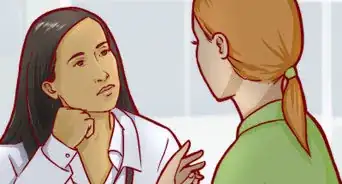
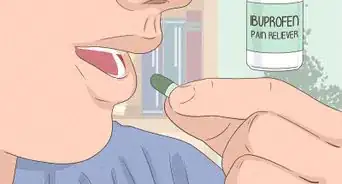
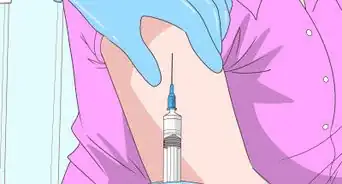
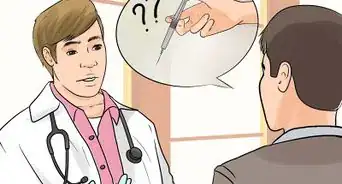
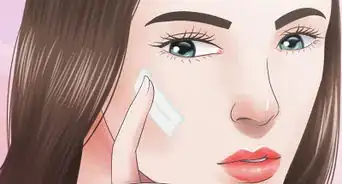
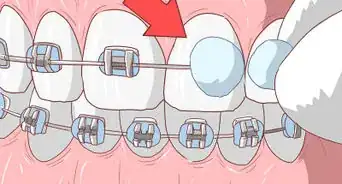
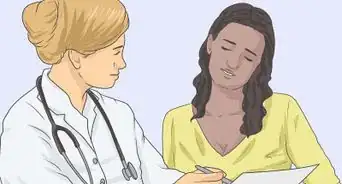
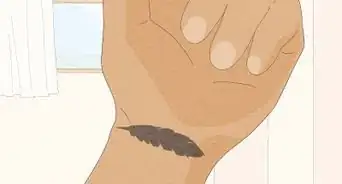

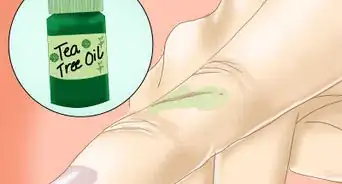









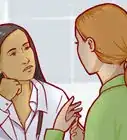
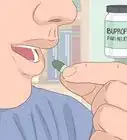




































Medical Disclaimer
The content of this article is not intended to be a substitute for professional medical advice, examination, diagnosis, or treatment. You should always contact your doctor or other qualified healthcare professional before starting, changing, or stopping any kind of health treatment.
Read More...